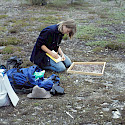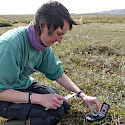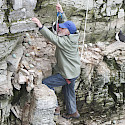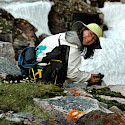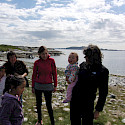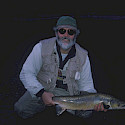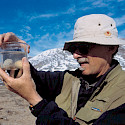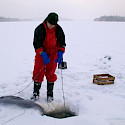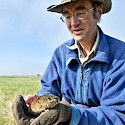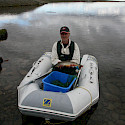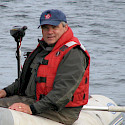
Arctic Biodiversity Assessment (ABA)
This landmark report identifies the status and trends in population size and distribution of Arctic species and presents projections of future change.
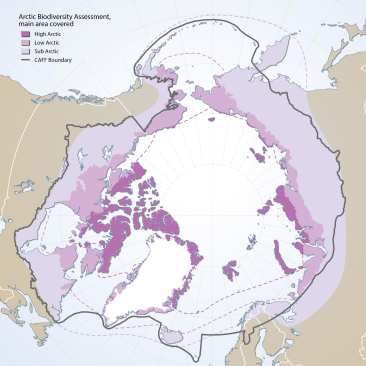 The 2013 Arctic Biodiversity Assessment (ABA) synthesizes and assesses the status and trends of biological diversity in the Arctic.
The 2013 Arctic Biodiversity Assessment (ABA) synthesizes and assesses the status and trends of biological diversity in the Arctic.
The ABA identifies the current status of and historical trends in population size and distribution of Arctic species and, where available, presents projections of future change. As data on this scale are only available for a few well-known species and ecosystems, it is not possible to provide a comprehensive accounting of status and trends of all Arctic biodiversity. It is possible, however, to discuss broad trends in habitat condition and extent, ecosystem function, and overall biodiversity.
The ABA provides a much-needed description of the state of biodiversity in the Arctic. It:
- creates a baseline for use in global and regional assessments of Arctic biodiversity which will inform and guide future Arctic Council work;
- provides up-to-date knowledge gathered from scientific publications supplemented with insights from traditional knowledge holders;
- identifies gaps in the data record;
- describes key mechanisms driving change; and
- presents science-based suggestions for action on addressing major pressures on Arctic biodiversity.
The ABA consists of four components:
- Arctic Biodiversity Trends 2010 – Selected Indicators of Change, which provided a preliminary snapshot of status and trends of Arctic biodiversity;
- Arctic Biodiversity Assessment: status and trends in Arctic biodiversity, a comprehensive, peer-reviewed scientific assessment of Arctic biodiversity, and synthesis document;
- a Traditional Ecological Knowledge Compendium; and,
- a Summary for Policy Makers containing key findings and recommendations.
The unprecedented changes being experienced in the Arctic emphasize the importance and urgency of getting information to decision-makers in a timely manner. To do so requires easily accessible, comprehensive data, coordinated and consistent monitoring, up-to-date assessments of trends and informed responses. The synthesis of status and trends of Arctic biodiversity in the ABA will serve as a baseline against which further change can be measured. The Circumpolar Biodiversity Monitoring Program (CBMP) is the Conservation of Arctic Fauna and Flora’s (CAFF’s) primary effort to monitor biodiversity on an ongoing basis to provide relevant information to decision makers about the changes that are occurring, and their underlying causes. Specifically, the CBMP is developing and implementing integrated ecosystem monitoring plans for coastal, freshwater, marine and terrestrial environments. Resulting information is being made accessible by publishing indicators on the CBMP (and other) websites, via the Arctic Biodiversity Data Service, and through other publications. These efforts are intended to help shorten the time between detection of changes, reporting and effective policy responses.
Publications
Experts
-
Michel Poulin
CBMP Marine- Sea Ice Biota Expert Network - Plankton Expert Network; ABA lead authorCanada -
Connie Lovejoy
CBMP Marine- Sea Ice Biota Expert Network, Plankton Expert Network; ABA lead authorCanada
 Arctic Council Working Group
Arctic Council Working Group 







